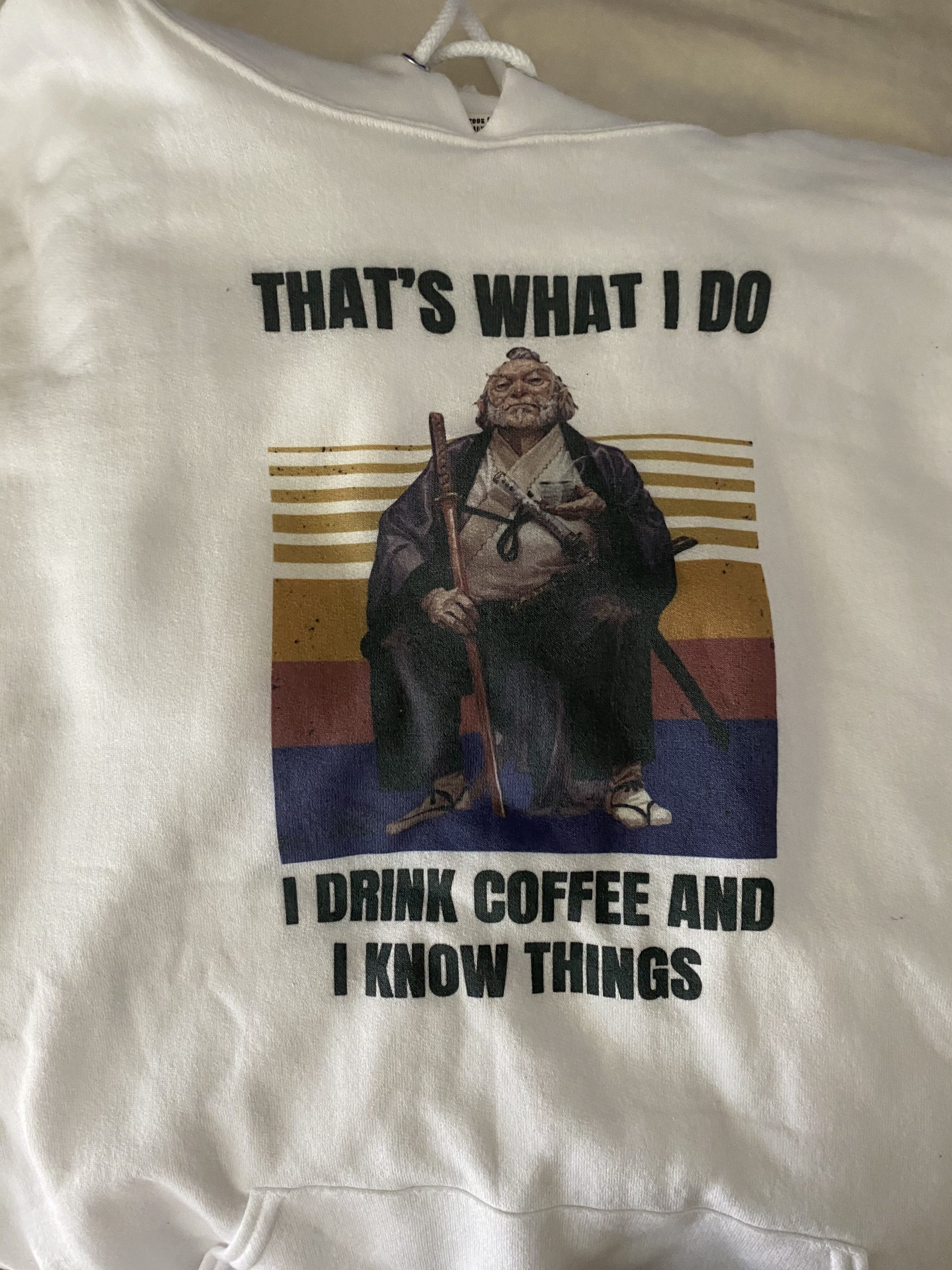
1) Why don’t you have comments enabled on your blog?
Takes too much time to moderate. If people have questions they can e-mail me with a logged ISP, which helps fine tune the sound to noise ratio.
2) Do you train instructors?
Daily. Via text, phone, occasional video calls. Most are instructors who’ve worked with me before, and so it’s more coaching/counsel than training. I think the intent of the question is “Do you offer open-enrollment training for instructors?” and the answer is, “Not right now.” Part of it is Covid, part is I don’t much enjoy parsing through the vetting/selection process in open source enrollment courses. Several years ago I offered an instructor course as well as a one-day general skills intensive for the general audience. I had a dozen Tier 1 instructors from overseas willing to fly into the US to attend. I had two US based prospects. My experience was that the US “training community” was more interested in a tactical shooting vacation rather than intensive training of their mental platform resulting in changes to their brain. So a no-go.
3) In your music post, how did you select the particular music, and how did it influence the SWAT instructors? How could I create a similar playlist?
Good question. Music is processed in specific regions in the brain and has a global impact on neural information processing WHILE listening. It’s one reason that music stimulates recall. Watch this amazing video below. The wheelchair bound Alzheimers patient in the chair was a prima ballerina. Listening to the music enabled her to recall after many years the movements she’d performed to that tune.
In the post I embedded two specific examples. One has the four-beat of classical Baroque music. This is conducive to recall and connection to written materials. So if someone were reading notes or making them, that 4-beat is useful in entraining the brain to work efficiently. The Drum Sex track is excellent for driving hard physical movement like a fast-breaking gun fight with sims or knife training or combatives. Performing MOVEMENT while appropriate music immerses the activity ENHANCES recall of the movement.
The easiest/fastest way to test efficacy of music is to consider the flow of your class: What are you going to do when? If you’re doing a firearms class structured traditionally, you might consider welcoming music (when I teach cops, having BAD BOYS playing as they come into the classroom gets a good reaction), cut it out while you do introductions/background, safety brief, and if you do a written recap/test of safety procedures play something softly in the background with a 4-beat. You can’t do it while you’re shooting live fire, but having some “anchor” music in the classroom to reinforce specific points can be useful
What do YOU feel when you listen to specific music? If you were doing recall work, what would you listen to? What kind of music do you work out to? I could get really specific as to beat, duration, tone and show the synchrony in the brain via EEG, but you are not likely to have that equipment available during your training. So what works in the field? Test the music on yourself and sample students, build a playlist and experiment with it.
4) How can we learn more about the research and the exercises you utilize to get the results you get?
Another good question. I used to say, take a class, or train with someone I’ve trained to instructor level. Or read through the three million words (not an exaggeration — I was online in forums in the 90s before the Web was fully up and running) scattered around the internet. That’s not helpful to genuinely interested parties who are outside my network, so I consolidated my work in this one blog site. You can also check out my DOD company at www.accentusludus.com. That site will be going away once we’re through selling the company.
I’m just now finishing the first book in a series of workbooks consolidating my research.
This first book is titled NEURAL BASED TRAINING — BOOK ONE: RETROSPECTIVES and should be going up in the next week. It’s a primer/retrospective of what I’ve been doing for the last 30 years, drawn from a curated collection of blog posts from 2009 – 2019. This book doesn’t encompass the latest research. It does contain much of my original work along sample exercises and lesson plans in firearms training. It’s meant to be an introduction to the larger body of work.
The second book will be longer original content, drawing together research, exercises and case studies in the area of Situational Awareness training. That won’t be done till first or second quarter next year.
Keep the questions coming. I’ll answer them here.

